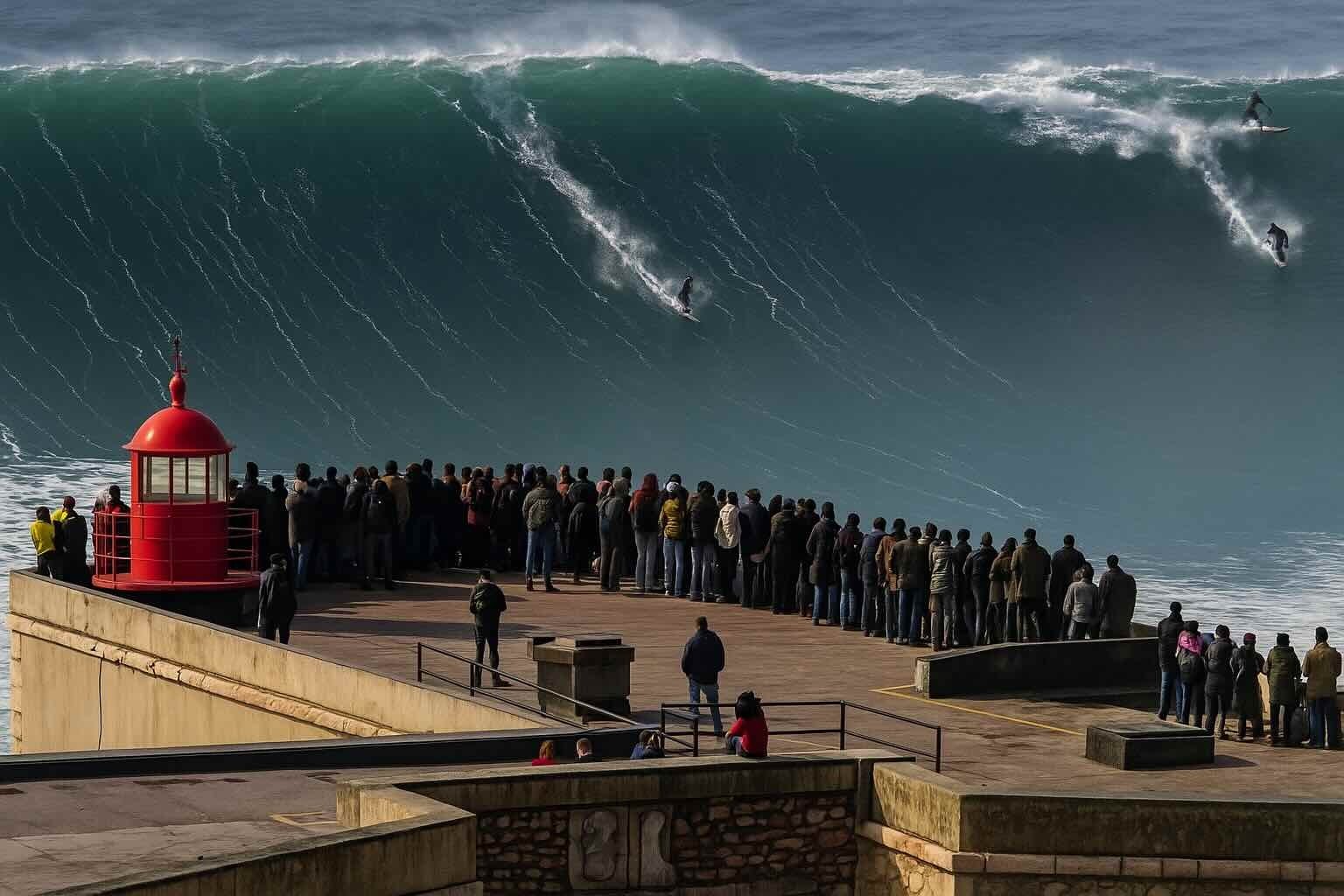In November 2020, a rogue wave was recorded off the coast of Ucluelet, British Columbia, marking one of the most significant wave events ever documented. The wave, captured by a smart buoy operated by the Canadian company MarineLabs, reached a height of 17.6 meters (57.7 feet). While not the tallest wave on record, it was considered the most extreme in proportion to surrounding conditions, measuring nearly three times higher than nearby waves. This event continues to shape oceanographic research and raises important questions about the future behavior of the world’s oceans.
Defining Rogue Waves
Rogue waves are defined as waves that are at least twice the height of surrounding swells. Historically, these waves were regarded as maritime myths, often dismissed as exaggerated sailor folklore. However, scientific recognition came in January 1995, when a 25.6-meter (84-foot) rogue wave struck the Draupner oil platform in the North Sea. Since that landmark measurement, rogue waves have been studied with increasing urgency, and the Ucluelet event has emerged as one of the most remarkable due to its extreme ratio and occurrence under calm sea conditions.
The Ucluelet Wave: Why It Was Exceptional
What distinguishes the Ucluelet wave is not only its size but also the context in which it occurred. Unlike most extreme waves generated by storms or seismic activity, this rogue wave formed in relatively stable ocean conditions. This anomaly underscores the unpredictability of ocean dynamics and highlights the limitations of existing forecasting models.
Johannes Gemmrich, a physicist at the University of Victoria, described it as “probably the most extreme rogue wave ever measured.” The data provided by MarineLabs has since become central to advancing the scientific understanding of how and when such waves emerge.
Climate Change and the Potential Rise of Rogue Waves
As global climate patterns evolve, scientists are increasingly concerned that rogue waves may become more frequent and more intense. Rising ocean surface temperatures, shifting wind patterns, and the intensification of extreme weather events all contribute to conditions that favor the formation of anomalous waves.
Research published in 2020 indicated that average wave heights in the North Pacific are already increasing. Climate models now suggest that future rogue waves could reach up to four times the height of current observations. If accurate, these projections pose significant risks to shipping routes, offshore platforms, and coastal populations.
Monitoring and Maritime Safety
The Ucluelet rogue wave was recorded using advanced MarineLabs buoy technology designed to provide real-time monitoring of ocean conditions. These systems serve a dual purpose: enhancing maritime safety and contributing to long-term scientific research. Real-time wave data allows ships, offshore industries, and coastal communities to better prepare for hazardous conditions. According to Scott Beatty, CEO of MarineLabs, such data is essential not only for operational safety but also for advancing climate resilience strategies in marine environments.
Broader Implications for Ocean Science
The unpredictability of rogue waves highlights the continuing gaps in oceanographic knowledge. Unlike storms, which can often be forecast with some accuracy, rogue waves may occur in calm seas without warning. Their sudden and localized nature makes them a uniquely challenging hazard.
With global shipping traffic expanding and offshore energy infrastructure increasing, the stakes for understanding these waves have never been higher. A single rogue wave has the potential to cause catastrophic damage to vessels and platforms, making early detection and predictive modeling critical priorities.
The rogue wave observed off Ucluelet, British Columbia, stands as one of the most extreme wave events ever documented in modern history. More than a maritime curiosity, it is a reminder of the ocean’s unpredictability and the urgent need for continued investment in ocean monitoring systems.
As climate change reshapes marine conditions, the likelihood of more frequent and powerful rogue waves cannot be dismissed. Ongoing research and technological innovation will play a central role in mitigating risks, protecting human life, and ensuring the resilience of coastal and offshore infrastructure.
